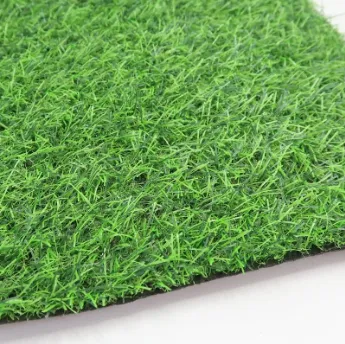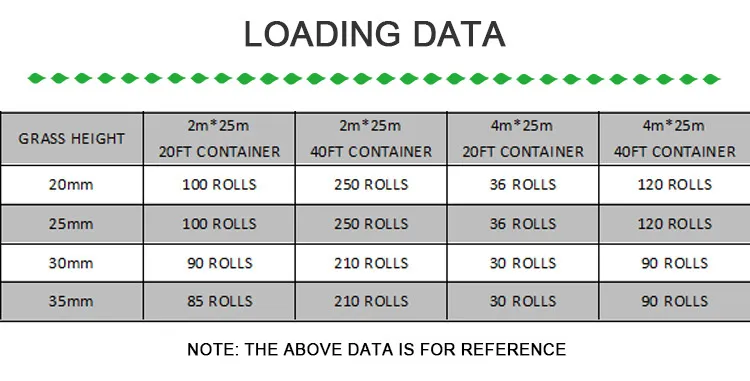Welcome to Hoyarn
Call Us Any Time:+86 19801805999
Email Us: info@hoyarn.cn

- Afrikaans
- Arabic
- Belarusian
- Bengali
- Czech
- Danish
- Dutch
- English
- Esperanto
- Estonian
- Finnish
- French
- German
- Greek
- Hindi
- Hungarian
- Icelandic
- Indonesian
- irish
- Italian
- Japanese
- kazakh
- Rwandese
- Korean
- Kyrgyz
- Lao
- Latin
- Latvian
- Malay
- Mongolian
- Myanmar
- Norwegian
- Persian
- Polish
- Portuguese
- Romanian
- Russian
- Serbian
- Spanish
- Swedish
- Tagalog
- Tajik
- Thai
- Turkish
- Turkmen
- Ukrainian
- Urdu
- Uighur
- Uzbek
- Vietnamese
futsal artificial turf
Feb . 10, 2025 09:55 Back to list
futsal artificial turf
Choosing the right soccer turf grass is crucial for constructing an efficient and durable playing field, be it for professional sports complexes or community recreation areas. From personal experiences and professional insights, this article delves deep into the world of soccer turf grass, unraveling the science, benefits, and maintenance tricks to ensure you have a reliable and high-performing pitch.
Innovative artificial turf solutions now utilize infill materials such as sand, crumb rubber, and organic infill, contributing to shock absorption and player safety. Opt for synthetic turfs with UV-resistant coatings to combat fading and degradation from prolonged sun exposure. Moreover, modern designs incorporate technology to reduce the risk of injury, with shock pads installed beneath to mimic the natural cushioning effect of soil. Securing the right supplier is integral when investing in soccer turf grass. Look for contractors with credible experience and a proven track record of delivering on performance and sustainability promises. Perform thorough background checks and demand client testimonials or, if possible, insights from industry-specific forums and associations. The importance of certified professionals cannot be overstated; aligned with governing body standards like FIFA, UEFA, or national sports councils ensures that the turf meets international benchmarks for player safety and performance. Once installed, the longevity of soccer turf relies on routine checks and balanced usage. For natural grass, regulate the frequency of matches to allow recovery time, and conduct seasonal assessments to diagnose and address issues preemptively. For synthetic fields, regular sweeping to redistribute infill material and utilizing specialized cleaning equipment to remove debris and contaminants should be a priority. Ultimately, the secret to an excellent soccer field is informed decision-making. Aligning the choice of turf with climatic conditions, usage levels, and budget constraints will significantly influence the playing quality and endurance of the field. Engaging with credible, experienced professionals, prioritizing maintenance, and adhering to industry standards will ensure your soccer turf grass investment is both practical and rewarding.


Innovative artificial turf solutions now utilize infill materials such as sand, crumb rubber, and organic infill, contributing to shock absorption and player safety. Opt for synthetic turfs with UV-resistant coatings to combat fading and degradation from prolonged sun exposure. Moreover, modern designs incorporate technology to reduce the risk of injury, with shock pads installed beneath to mimic the natural cushioning effect of soil. Securing the right supplier is integral when investing in soccer turf grass. Look for contractors with credible experience and a proven track record of delivering on performance and sustainability promises. Perform thorough background checks and demand client testimonials or, if possible, insights from industry-specific forums and associations. The importance of certified professionals cannot be overstated; aligned with governing body standards like FIFA, UEFA, or national sports councils ensures that the turf meets international benchmarks for player safety and performance. Once installed, the longevity of soccer turf relies on routine checks and balanced usage. For natural grass, regulate the frequency of matches to allow recovery time, and conduct seasonal assessments to diagnose and address issues preemptively. For synthetic fields, regular sweeping to redistribute infill material and utilizing specialized cleaning equipment to remove debris and contaminants should be a priority. Ultimately, the secret to an excellent soccer field is informed decision-making. Aligning the choice of turf with climatic conditions, usage levels, and budget constraints will significantly influence the playing quality and endurance of the field. Engaging with credible, experienced professionals, prioritizing maintenance, and adhering to industry standards will ensure your soccer turf grass investment is both practical and rewarding.
Next:
Latest news
-
The Benefits of Artificial Turf for Indoors
NewsJul.15,2025
-
How Artificial Grass Suppliers Ensure Quality Products
NewsJul.15,2025
-
Artificial Grass and Pets: A Space for Relaxation
NewsJul.08,2025
-
Balcony & Outdoor Decoration with Artificial Grass
NewsJul.08,2025
-
Best Indoor Artificial Grass for Home
NewsJul.07,2025
-
Best Pet Turf for Dogs: Safe & Durable Artificial Grass Options
NewsJul.07,2025
Products categories









